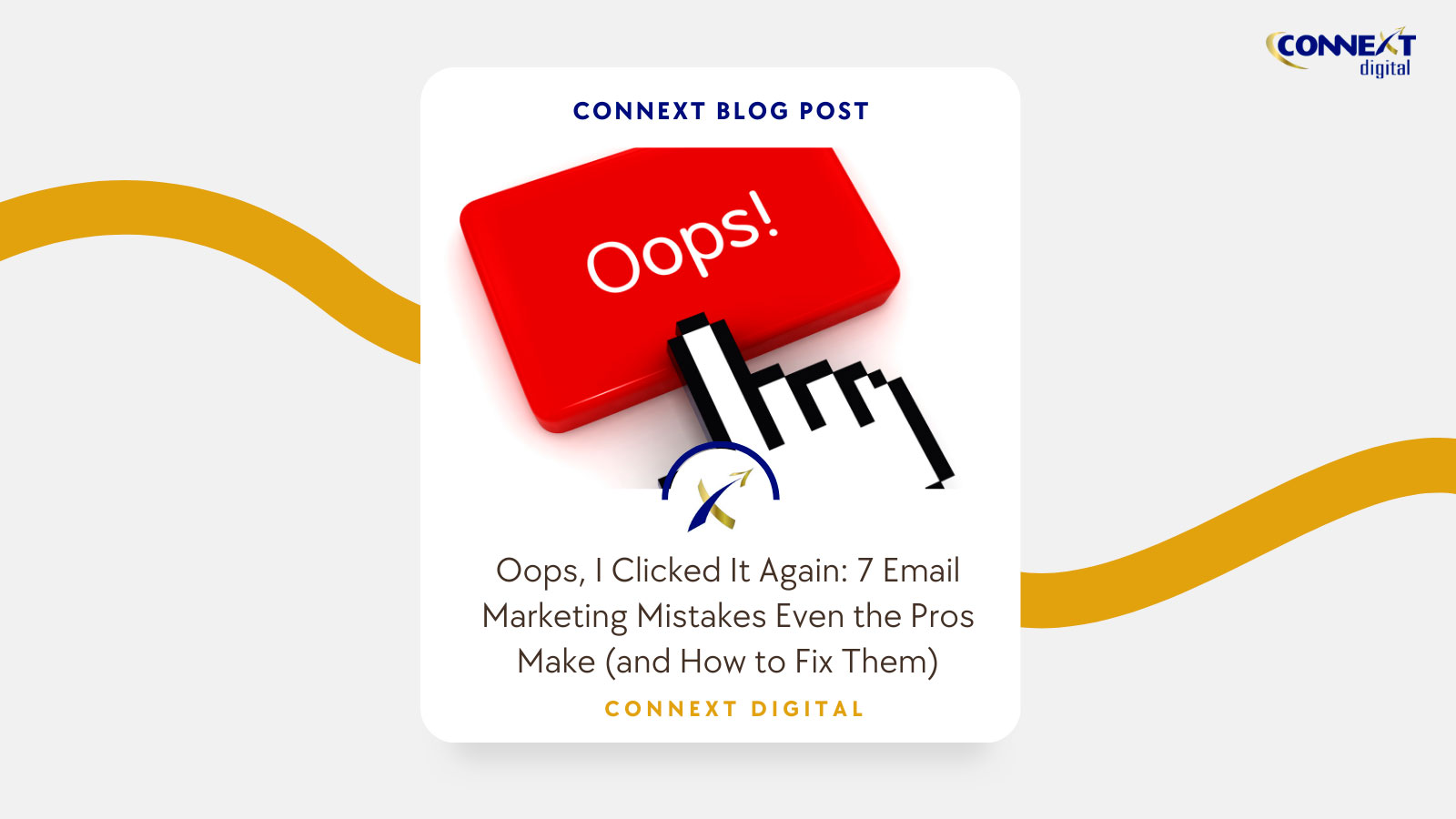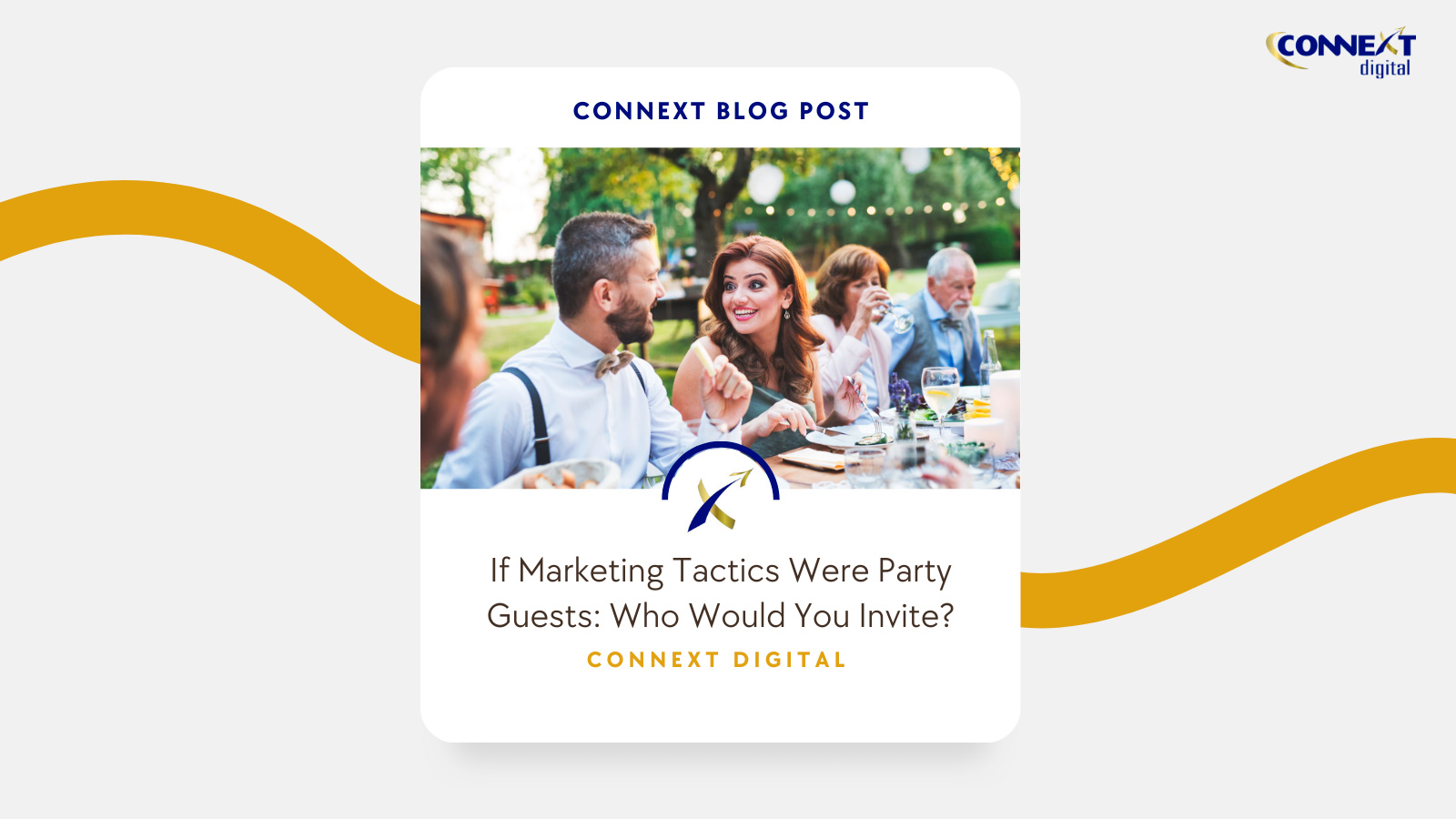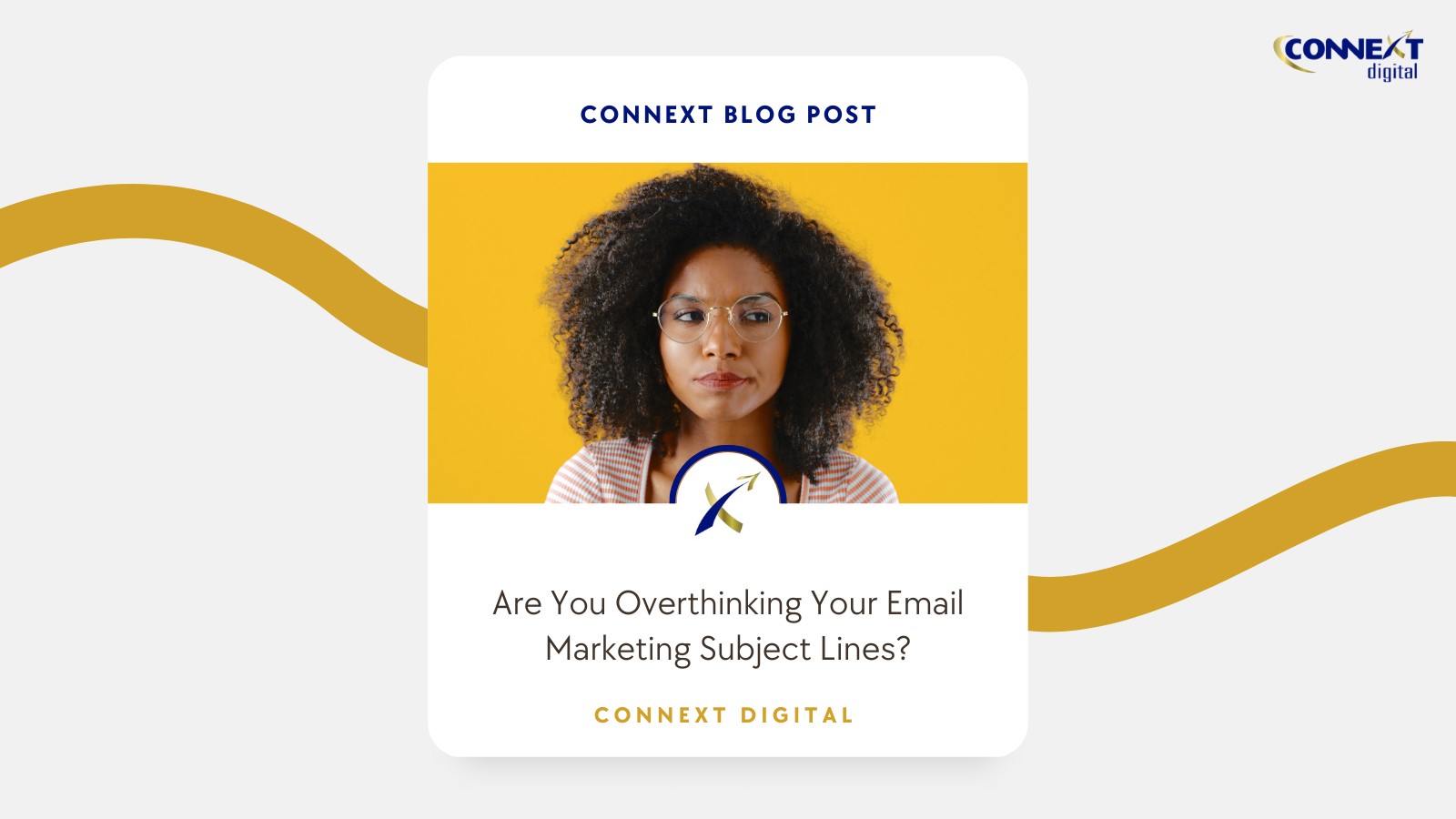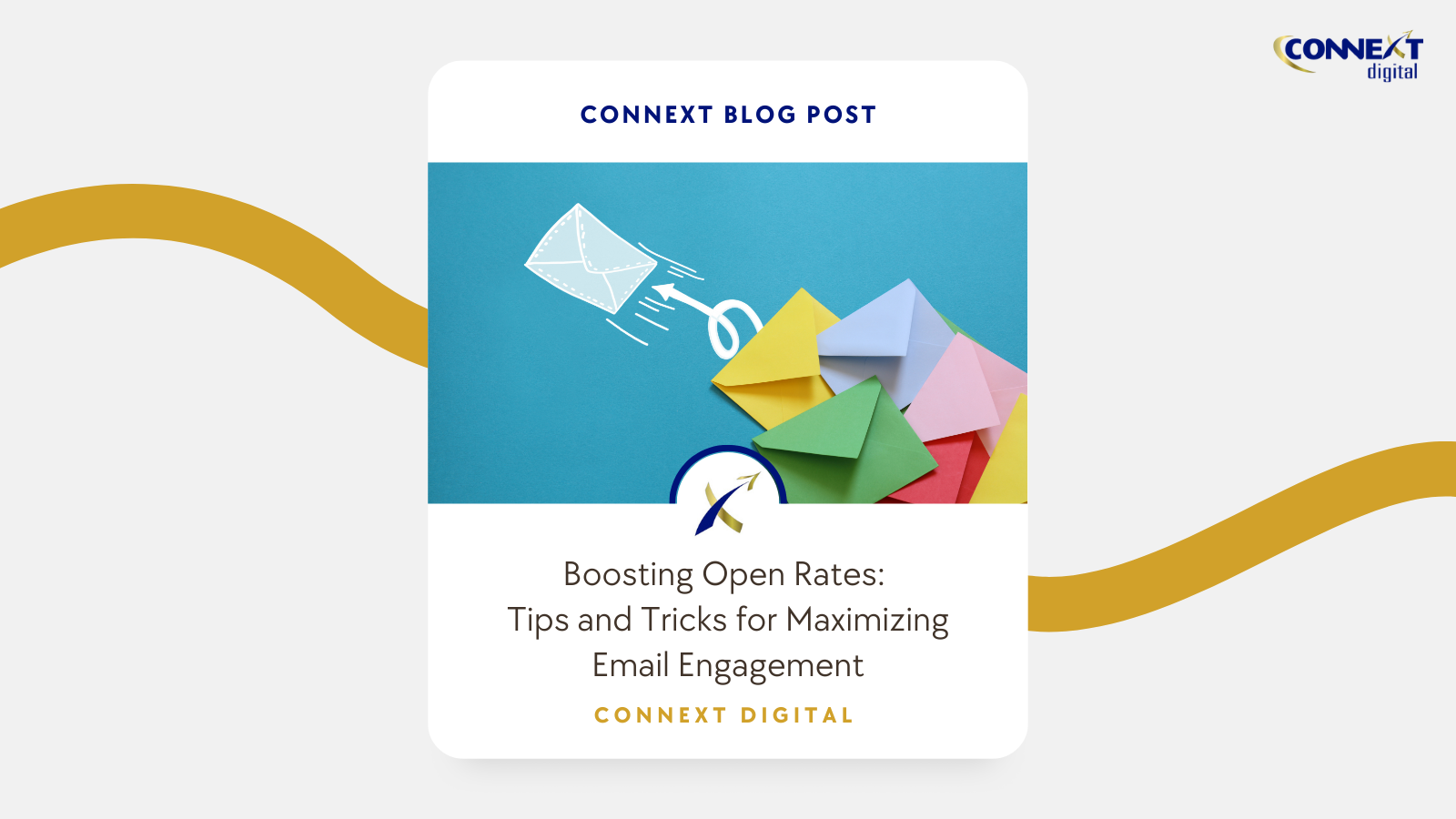
The 7 Sins of New Customer Acquisition
Customers are at the very heart of a business. Aside from the fact that your products or services are made for them, they contribute to the growth and success of your business. Through time, it is important for any business to continually add new customers to achieve constant growth and profitability.
Acquiring new customers means understanding their needs at a deeper level and implementing strategies that are relevant, cost-effective and well-thought-out. However, not everyone adheres to the best practices of customer acquisition.
Here are seven of the most common mistakes we’ve seen made with tips on how to correct them:
1. Not being committed or preparing enough budget
Starting and maintaining a business already involves an ample amount of money. The same thing goes with acquiring new customers. To ensure profitable customers, you must allocate a realistic budget to meet your targets and be committed to riding the ups and downs that might occur.
In addition to budget, you must be committed to the process. All too many times we see companies go into it with a “we’ll try this once and see if it works”. That philosophy in and of itself won’t work. Give it time. Give it your attention. Learn from what you see so you can optimize it each time forward.
Of course, not all businesses have a big budget to start with. So, be wise and invest your money in a variety of customer acquisition strategies and with a company that can help you reach your goals.
2. Forgetting that first impressions last
As cliché as it may sound, the first impression lasts, especially for new customers. Remember that customers have options, so it’s crucial to make a great impression during your first contact.
Overpromising just to capture your customer’s attention is a big no-no, so is talking to them like they’ve been your customer for the last 10-years. Instead, deliver on your promises, give them value, and manage the sequencing of how often you are prospecting to them. Establish your credibility and benefits with your offer to build an image that’s trustworthy and reliable.
Don’t forget the basics. Be honest, clear, and friendly. Your potential new customers should see clearly what you are offering to them, what you would like them to do, and what benefit they can get from taking that action.
3. Thinking that all prospects are the same
Not all customers are created equal. Not all of them are ready to buy or talk to you right away. One customer may need more time to think about buying a product or subscribing to your offer, while the other has not even recognized they need it yet.
Understand the buying process for your products so you can better know how to approach new customers the right way. If they are at the awareness stage, help them recognize that they have a need or a challenge that needs to be solved. Once they look for solutions, provide them with a wide range of options to choose from. When they are already decided about the best solution to their problem, it’s time to incentivize to lead them to your desired action.
4. Assuming new customers will become loyal patrons
The truth is, not all customers will stick with your forever after that first action unless you put in the effort. So it comes as no surprise that business’ look to use services that companies such as Custom Water provide, in the hopes of minimising marketing and reaching out to potential customers. You could do whatever you want to keep your customers happy. For example, a simple solution would be to just buy them corporate gifts, but there are many different things that you could do. Many companies do not have a strong nurturing program in place. Building a strong customer relationship to gain loyalty must never be taken for granted. Once someone takes an action that’s when the next step of cultivating them into a long term customer begins to take shape. Companies need to have that plan in place in advance.
Offer premier programs, exclusive markdowns and private discounts to make them feel valued. Make their purchase personal by sending a personalized auto-response email showing appreciation and continually present additional value to them in the form of specials, free shipping, and other offers.
It’s imperative that you know and learn about Customer Expectations to understand what customers will expect from your service in order to become a long term patron.
5. Jumping on the bandwagon
Marketing trends can be tempting, but not all of them are for you. Just because other businesses are implementing a popular strategy does not mean that you should do it too. Different businesses have different models, objectives and goals. The focus cannot just be on the audience, but needs to be on the audience and channel (that you wish to reach the person on).
For B2B companies, Facebook might not be the best channel for customer acquisition efforts as your customers might be on LinkedIn and other professional platforms. If social media is working for one of your buyer personas, then maybe email marketing is as well for the others. There are a variety of email marketing services available to you to better determine what audience and channel(s) might work best for you.
While you can experiment with different strategies, it is important to do it with caution. Trying out a new trend that’s not suitable for your business could be a misuse of your budget.
6. Not maximizing customer data
Your existing customer data should serve as your guide to your next steps. Making use of customer data to devise your customer acquisition strategies can avoid pitfalls and unnecessary audience development.
Some important components of customer data you need to look at are demographics, interests, digital habits and online trends or patterns they may have. All of these will give you a more relevant picture of what your ideal new customer might look like. Use the assets you have to acquire more of the assets you want.
7. Making big decisions from short-term results
Small data sets don’t guarantee a big return on investment since they’re too tiny to impact your business positively. Big business decisions should be based on well-grounded numbers. You need conclusive data and patterns, so build on consistent results and not just on a whim.
A sudden spike in one of your activated channels does not mean you should invest fully in the said channel. Observe why the boost happened and monitor if it’s going to achieve consistency. If not, avoid making rush decisions.
Think of your digital strategy like a well-thought-out investment plan. You have your money in a variety of areas so you can gain when things go well and protect yourself if things go in a different direction. You can add where there is strength and pull back from areas that are struggling. Your budget to channel is the same concept. Explore all channels, invest in those channels, then optimize your spend in the channels that are performing for you.
Here’s to hoping that you can avoid some of the mistakes that are being made today. If you’ve made some of the mistakes in the past, now is the time to correct them and start moving in a better direction. At the end of the day you’re a customer too. Think about the things you don’t want from a seller to approach your new customers the right way.





